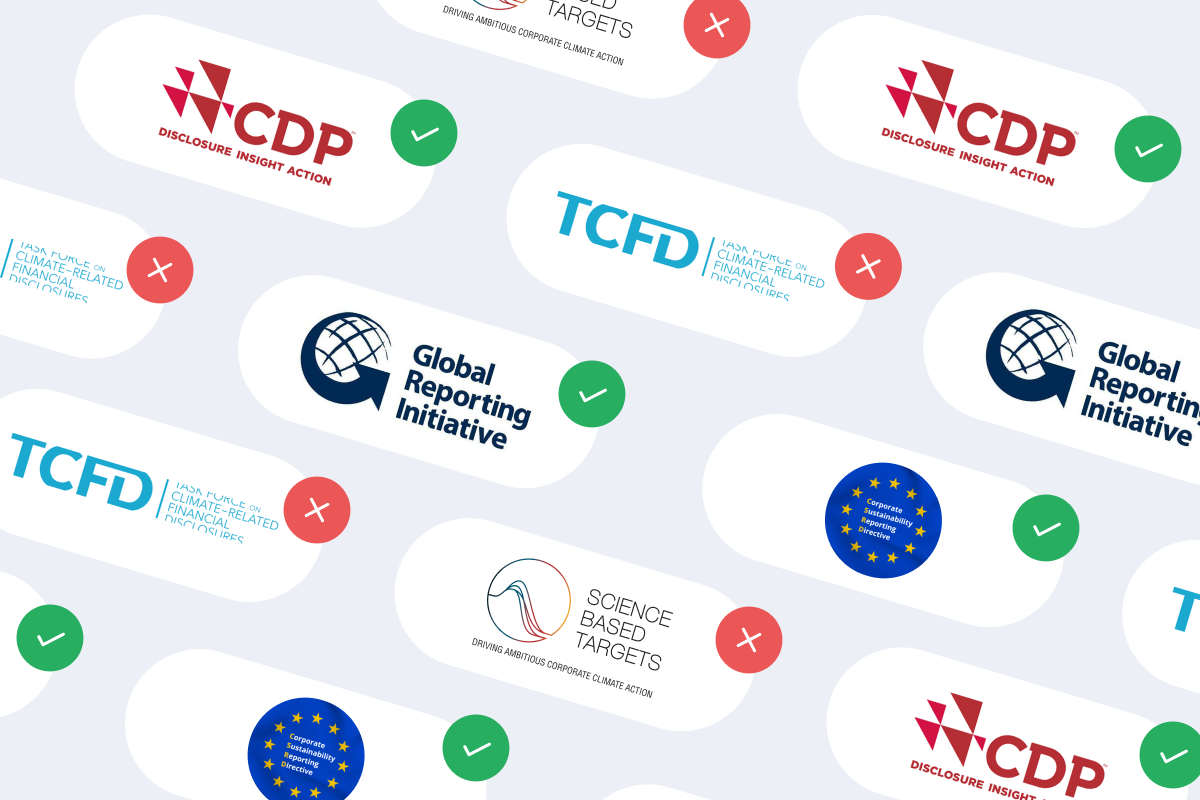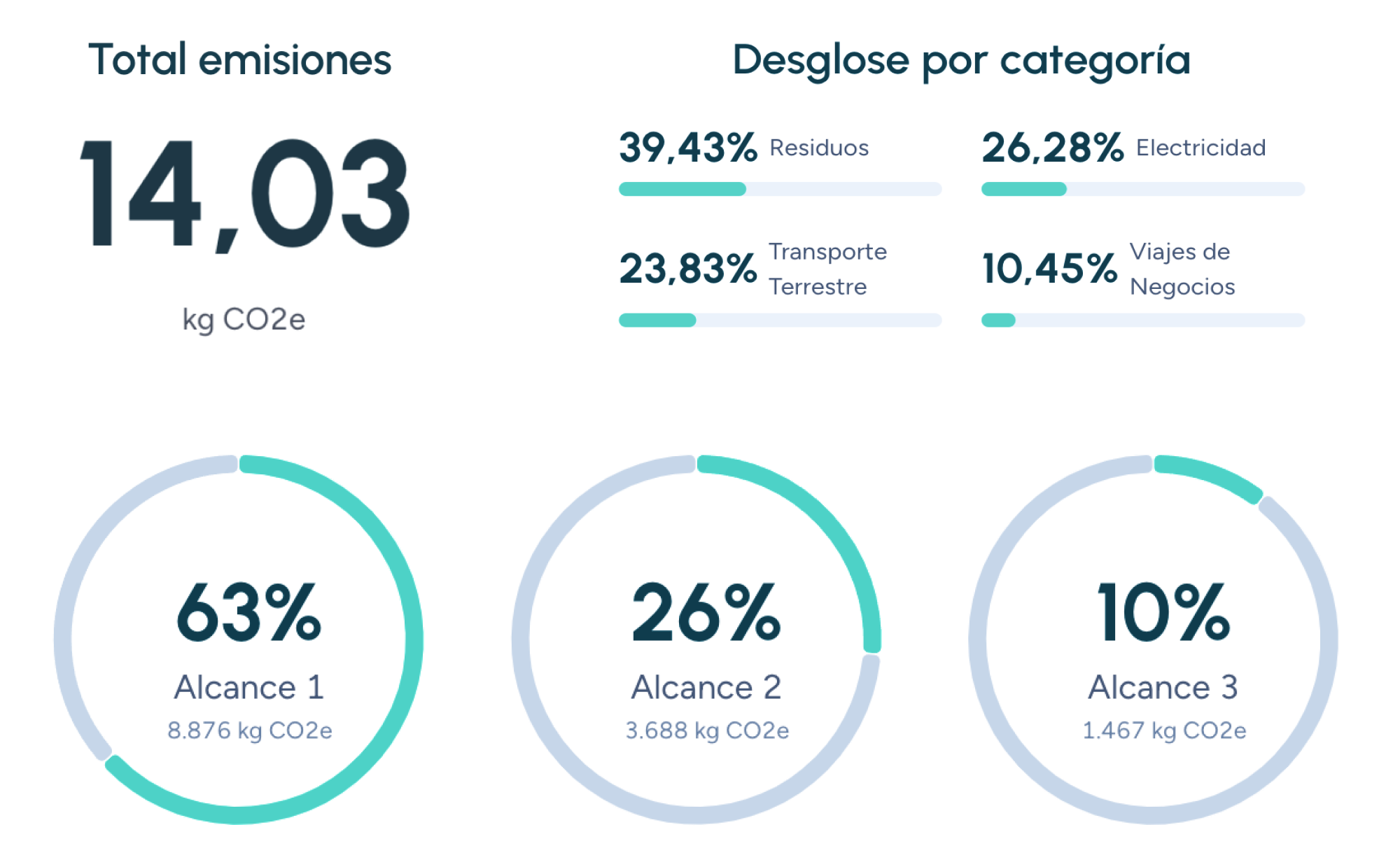C
Carbon neutrality
Carbon neutrality has gained significant relevance in recent years, especially in the context of combating climate change and managing greenhouse gas (GHG) emissions. Achieving carbon neutrality is not only an environmental goal but also a fundamental strategy for businesses aiming to reduce their environmental impact and comply with international regulations.
What is carbon neutrality?
The concept of carbon neutrality refers to the state in which a person, company, organization, or country balances the carbon emissions it generates with the amount of carbon it removes from the atmosphere. In other words, carbon neutrality means that net carbon emissions are equal to zero.
This balance can be achieved through two main approaches: reducing carbon emissions via sustainable measures and offsetting remaining emissions through compensation projects such as reforestation or investments in renewable energy. Carbon neutrality is a key objective in the fight against climate change, as it helps limit global warming to manageable levels, as established in the Paris Agreement (UNFCCC, 2015).
The importance of carbon neutrality
Carbon neutrality is essential for mitigating the effects of climate change. According to the Intergovernmental Panel on Climate Change (IPCC), GHG emissions, such as carbon dioxide (CO2), are responsible for rising global temperatures and extreme weather events. Achieving carbon neutrality significantly reduces the amount of carbon in the atmosphere, helping stabilize the climate.
For businesses, carbon neutrality offers additional benefits. Not only does it enhance corporate reputation and strengthen relationships with consumers, but it also ensures compliance with increasingly strict environmental regulations. In Spain, for example, the Ministry for the Ecological Transition and Demographic Challenge (MITECO) promotes decarbonization initiatives and carbon neutrality certification.
How is carbon neutrality measured?
To achieve carbon neutrality, it is essential first to measure GHG emissions. This process, known as carbon footprint calculation, is carried out across three main scopes:
- Scope 1 emissions: Direct emissions from sources controlled by the organization, such as vehicles or machinery.
- Scope 2 emissions: Indirect emissions associated with energy consumption, such as electricity or heating.
- Scope 3 emissions: Indirect emissions generated throughout the value chain, such as supplier transportation or product use by customers.
The most widely used international standard for measuring carbon footprints is the GHG Protocol, which provides clear guidelines for calculating and auditing emissions.
Steps to achieve carbon neutrality
Achieving carbon neutrality requires a strategic approach and long-term commitment:
- Measure emissions: The first step is to calculate the organization’s carbon footprint. This includes identifying all emission sources and classifying them according to the scopes mentioned above. Accurate measurement is essential to establish a baseline and set reduction targets.
- Reduce emissions: Once the sources of emissions are identified, the next step is to implement measures to reduce them. This may include adopting renewable energy, improving energy efficiency, optimizing processes, and promoting sustainable practices among employees and suppliers.
- Offset emissions: For emissions that cannot be fully eliminated, compensation projects are necessary. These projects include activities such as reforestation, carbon capture, and the development of clean technologies. It is crucial to ensure that compensation projects are certified and meet international standards, such as those established by MITECO in Spain.
- Communicate results: Finally, it is important to communicate efforts and achievements in carbon neutrality to stakeholders. This not only improves transparency but also builds trust and promotes environmental awareness.
Laws and certifications related to carbon neutrality
In the legal framework, several regulations and certifications support the goal of carbon neutrality. The GHG Protocol is the most recognized international standard, while in Spain, MITECO certification is a key requirement for many companies. Additionally, the European Union has set ambitious decarbonization goals under its European Green Deal, aiming to achieve climate neutrality by 2050.
For businesses, complying with these regulations is not only a legal obligation but also an opportunity to access subsidies and state tenders.
Manglai: A tool for achieving carbon neutrality
Carbon neutrality is a crucial goal in the fight against climate change and an essential component of corporate sustainability strategies. By measuring, reducing, and offsetting carbon emissions, organizations can mitigate their environmental impact and position themselves as sustainability leaders.
Tools like those offered by Manglai play a fundamental role in this process by providing advanced technological solutions to measure, act, report, and certify carbon emissions.
Companies that trust us

Climate change mitigation
Discover what climate change mitigation is and how actions to reduce GHG emissions are crucial in combating global warming. Learn about strategies, examples, and the importance of carbon footprint measurement at Manglai.
Climate neutrality
Discover what climate neutrality is and how to achieve a balance between GHG emissions and removals. Learn to measure your impact and explore strategies for a sustainable future.
Climate resilience
Explore climate resilience, its importance in adapting to the effects of climate change, and how businesses can implement it for a sustainable and competitive future.
Guiding businesses towards net-zero emissions through AI-driven solutions.
© 2025 Manglai. All rights reserved
Política de Privacidad


